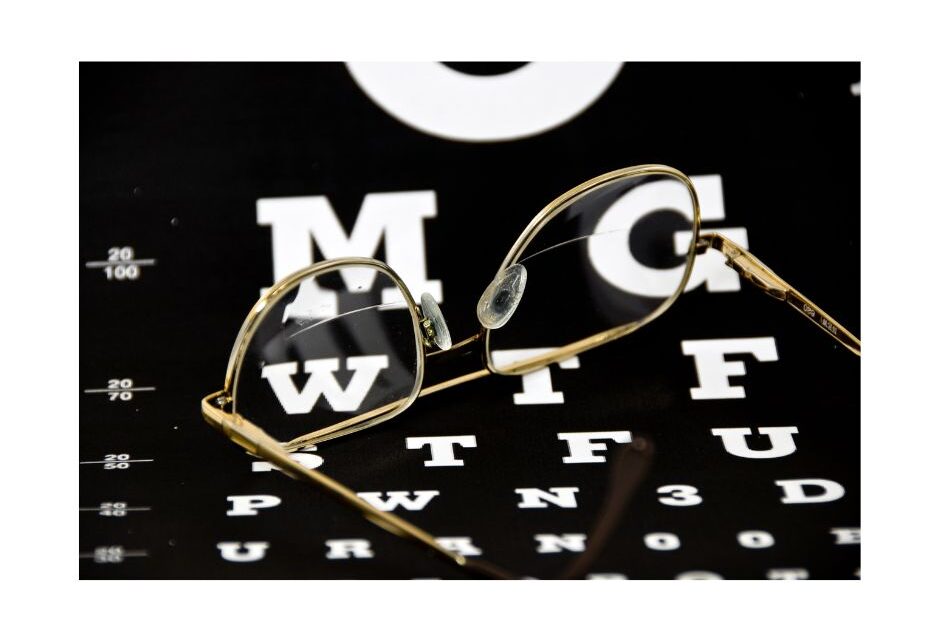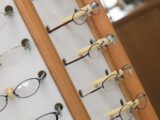How To Recognize the Need For Bifocal Lenses
Recognizing the need for bifocal lenses is determined first by the doctor who diagnoses the patient with presbyopia. From there it is also terrific for an optician to learn the determining factors that point a patient to bifocals so that proper documentation can be provided to the doctor ahead of time for the examination.
At a certain age, vision begins to decline for mostly all people. This gradual drift toward blurriness becomes distinct the older a person gets, and it generally has gotten to be the norm that somewhere in the forties, bifocals will be necessary. There are a few tips that tell whether bifocals may be the proper way to go.
One of the first signs of a possible need for bifocals is when driving. When looking out into the distance, vision seems to be good, however, when glancing down at the speedometer, vision seems to blur as the numbers appear faded out and hard to read.
Next, when preparing to read a book or newspaper, there is a need to push the book or newspaper further away from your eyes. If this movement enhances the words on the book or newspaper and vision is better with the paper further away, then this is a sign of a need for bifocals.
Finally, another way to tell if bifocals are needed for vision is if a patient has simply too many pairs of eyewear – one pair for distance vision and the other pair for near, sunglasses the same along with a computer pair! If the constant going from one pair of eyewear to the other is bothersome for patient as well as costly, then it may be time for them to invest in a great pair of bifocal lenses to end that eyewear swap problem.


